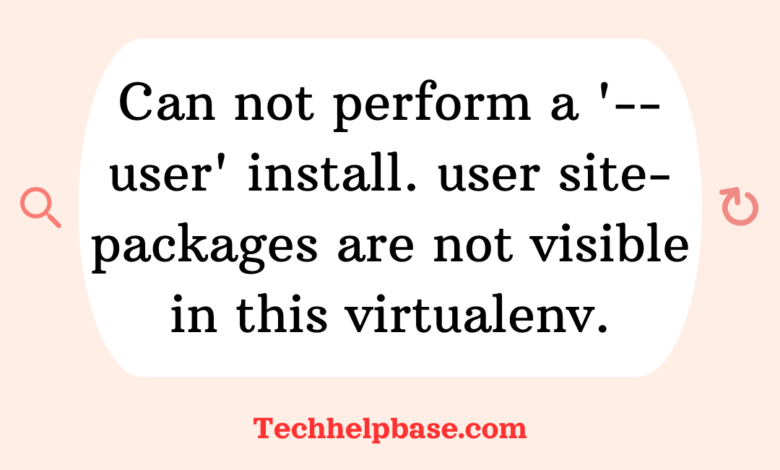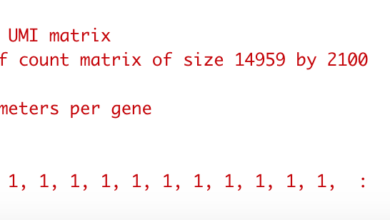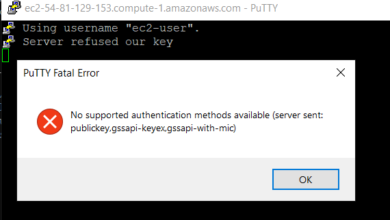Can not perform a ‘–user’ install. user site-packages are not visible in this virtualenv.

When working with Python, especially in virtual environments (virtualenv), it’s common to encounter errors during package installation. One such issue is the error message, “can not perform a ‘–user’ install. user site-packages are not visible in this virtualenv.” This error can be confusing and may prevent users from successfully installing Python packages. In this article, we’ll dive into the nature of the problem, explore possible causes, provide real-world examples, and offer solutions with a step-by-step guide.
What Causes This Error?
The error occurs when a user tries to install a Python package with the --user flag inside a virtual environment. Normally, the --user flag is used to install packages locally, avoiding system-wide changes. However, when you’re inside a virtual environment, this flag doesn’t function properly because virtual environments have their own isolated package directories (site-packages). Virtualenvs are designed to maintain a clean and controlled environment, separate from the global user site-packages.
Here’s a breakdown of the common causes:
- Using
--userflag in a virtual environment: When you try to install a package with the--userflag, it tells Python to install the package in the user’s site-packages directory. However, virtual environments do not recognize the user site-packages directory by default. This results in the error. - Misconfigured virtual environment: If the virtual environment is not set up properly, Python may not know where to install packages.
- Confusion between global and virtual environments: Developers switching between global and virtual environments might forget that the
--userflag is unnecessary or incompatible inside a virtual environment.
How This Error Manifests
When trying to install a package with the --user flag inside a virtualenv, the terminal will throw the following error:
ERROR: Can not perform a '--user' install. User site-packages are not visible in this virtualenv.
This error stops the installation process, leaving users unable to install the necessary packages, which can be frustrating, especially when working on projects with multiple dependencies.
Real-World Examples
Many users on platforms like Stack Overflow and GitHub forums have reported facing this error. For example, a developer working on a Django project in a virtual environment shared that they tried using the pip install --user django command, but the process failed with the same error message. The user was unaware that the --user flag wasn’t necessary inside a virtual environment.
Another case involved a developer using Docker. When trying to install packages in a Docker container with a virtual environment activated, they encountered the “can not perform a ‘–user’ install. user site-packages are not visible in this virtualenv.” error because they mistakenly included the --user flag in their Dockerfile.
These scenarios demonstrate how this issue affects both beginners and experienced developers alike.
Step-by-Step Solutions
1. Avoid Using the --user Flag
The most straightforward solution is to simply omit the --user flag when installing packages inside a virtual environment. Since virtual environments already isolate packages from the global environment, the --user flag becomes redundant. Instead, use the following command:
pip install <package-name>
This ensures that the package will be installed in the virtual environment’s site-packages directory, without any conflicts.
2. Recreate the Virtual Environment
If you continue experiencing issues, it’s possible that the virtual environment was not set up correctly. You can recreate the environment by following these steps:
- Deactivate and delete the current virtual environment:
deactivate rm -rf venv/ - Recreate the virtual environment:
python -m venv venv - Activate the environment:
source venv/bin/activate - Now install the required package without the
--userflag:pip install <package-name>
3. Ensure Virtualenv Is Activated
Another possible reason for encountering the “can not perform a ‘–user’ install. user site-packages are not visible in this virtualenv.” error is that the virtual environment might not be activated. Before installing any packages, make sure the virtual environment is active by running:
source venv/bin/activate # On macOS/Linux
.\venv\Scripts\activate # On Windows
Once activated, try installing the package again without the --user flag.
4. Check PIP Version
Sometimes, using an outdated version of pip can cause compatibility issues. Ensure that you’re using the latest version of pip by running:
pip install --upgrade pip
After upgrading pip, attempt the installation again.
5. Verify Python Installation Path
If the issue persists, check whether your Python installation is correctly configured. Run the following command to see where Python is installed:
which python # On macOS/Linux
where python # On Windows
This should show the path to the Python binary inside your virtual environment. If it points to the global Python installation, you may need to recreate the virtual environment.
Troubleshooting Tips for Edge Cases
- Using Pipenv or Poetry: If you’re using tools like Pipenv or Poetry to manage dependencies, you won’t typically encounter this issue because these tools handle virtual environments and package installation automatically. However, if you manually install packages, ensure you avoid the
--userflag. - Docker Users: When working inside a Docker container, avoid using the
--userflag in your Dockerfile if you’ve activated a virtual environment. You can verify that the virtual environment is active before proceeding with package installation. - Managing Global and Virtual Environments: To avoid confusion, be mindful of whether you’re working inside a virtual environment or globally. Always use
pip listorpip freezeto check your installed packages and ensure they’re installed in the correct environment.
Preventing Future Issues
To avoid encountering the “can not perform a ‘–user’ install. user site-packages are not visible in this virtualenv.” error and similar problems in the future, consider the following tips:
- Familiarize yourself with virtual environments: Understanding how virtual environments work can prevent errors related to package installation. Make sure to activate the environment before running any pip commands.
- Use virtual environments for every project: By keeping each project’s dependencies isolated in its own virtual environment, you reduce the risk of package conflicts.
- Avoid using
--userin virtualenvs: Remember, the--userflag is unnecessary inside virtual environments. Always install packages directly usingpip install <package-name>without any flags. - Regularly update pip and Python: Keeping your tools up to date ensures compatibility and reduces the risk of encountering unexpected errors.



